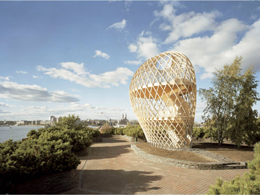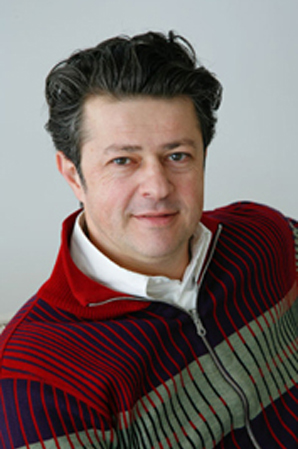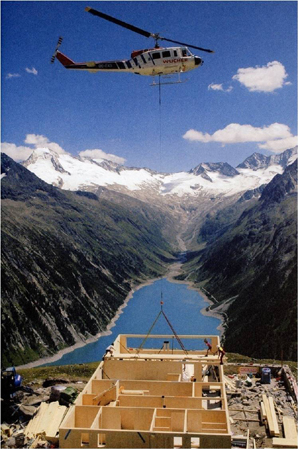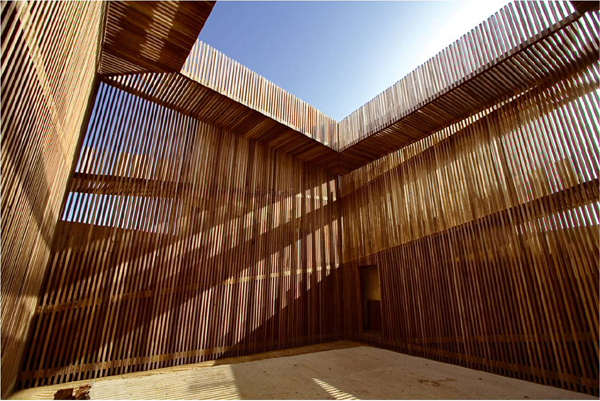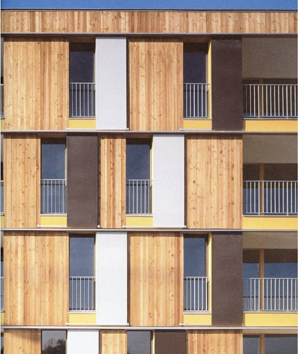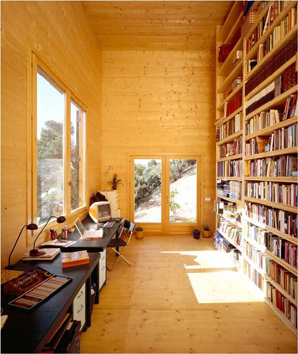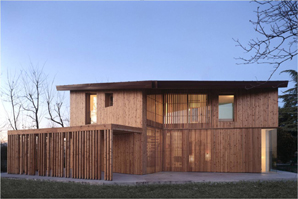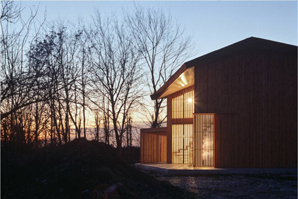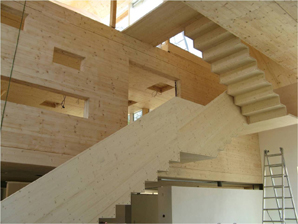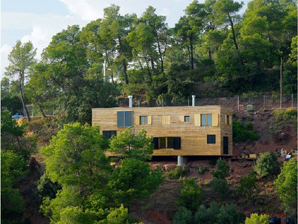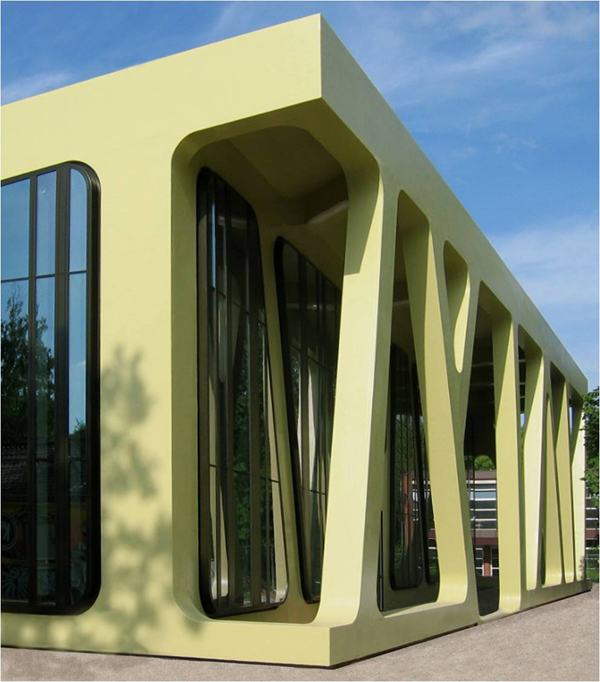Though our scientists may claim that they are inventing something new by using wind as a source of generating energy, the truth is that wind is being used for centuries for this purpose. An example of this is an article published in 1838, which clearly shows that even in those times, wind was considered an important source of energy.

Here are a few quotes that were recorded in the past, which prove that wind was always important in generating energy.
John Houghton from Cambridge said in his paper Global Warming: The complete Briefing, ‘Given that it has been used as a form of energy for a couple of centuries, wind is a very common source of energy. The fact that there were about 10,000 windmills to tap wind energy in the Year 1800 itself, goes to show that wind was an important source of energy in parts of Europe like Britain. Therefore it is not surprising that parts of the world like some countries from Western Europe such as Great Britain and Denmark and some countries in western North America are trying to revive ways of tapping energy from wind. Slim, tall and more efficient objects have replaced windmills to tap wind energy.’
Even other researchers from Cambridge have worked on this subject. Vaclav Smil in his paper Energies wrote, ‘The windmills in 19th century, which were at par with watermills of that period with regard to generating power, were of a different design. They were used in farms and on Railway stations. Before that, post mills of 1.5 and 6 Kilowatt and tower mills of 5 to 10 kilowatts were used in Europe for this purpose.’
Studies tend to indicate that though the use of windmill to generate energy started in China, it soon spread to parts of Europe like England in the 12th century and by the end of the century there were 12000 mills in the region that needed little water to produce electricity to meet huge industrial demands.
Other researcher and historians like Cynthia Shea in her paper Renewable Energy: Today’s Contribution Tomorrow’s Promise points out that other European economies like the Danish industry at a particular time used wind-power to satisfy 1/4th of their power needs.
In United States of America, policy makers while stating it to former President George W Bush said, ‘Since around the year 1900, windmills were used to pump water in farms and ranches in the country. They even led to the production of electricity and turbines. Before that grain was ground and water was pumped with the help of wind mills as early as year 200 B C.’
Dennis Hayes in his paper The Official Earth Day Guide to Planet Repair also verifies the same as he says, ‘Before Carbon-fired power plants, 8 million Midwestern windmills made electricity by driving water and crushed grains. There was no other way to do so before villages got electricity in 1920s and 1930s.’
Christopher Flavin in his worldwide paper Electricity for a Developing World: New Directions has also urged the underdeveloped countries to follow American example of how they used Midwestern windmills to generate electricity for their rural sector.
Windmills have been used for centuries for pumping water in rural areas. They also grind grains and do other small tasks. Though traditional windmills can also generate power, latest technology and wind power together can be the foundation of mechanical power and can generate electricity in underdeveloped countries
The history of windmills has been penned down extensively by Wilson Clark in his workEnergy For Survival: The Alternative to Extinction. With regard to Europe, he says, ‘Developed in Seventh century in Persia, windmill reached Europe through Dutch and England in thirteenth century enabling them to generate 1 billion kilowatt- hour of electricity. The wind energy produced by windmills was used as a source of power to the sailing ships. The Persians again became the first to use wind to develop mechanical power and used windmills to put out water for irrigation. Whereas windmills were used in Persia in seventh century, it reached France in 12th and Denmark, Germany and the Netherland in early 13th century.’
Wilson further talks of America. He says, ‘Industrial growth in Midwestern United States led to a situation where windmill industry had capital investment of $ 4.3 million by the year 1900 with homesteaders and ranchers having their own windmills. Efficient and long-lasting windmills were also developed due to stiff competition. The windmill industry in United States continued to grow with various windmills being tried out for the best possible option. Whereas some windmills developed in 18th century needed fewer sails, those made in 20th century could run electric generators, pump water and generate electricity for American farmers.’
Wilson also explains how 1250 kilowatt wind electric station generated that much power in the hills of Vermont during the days of Second World War. This was the hard work of a man known as Palmar C Putnam, who was finding it difficult to pay for high electricity rates in the region.
Many new ways have been developed to generate energy in the last two centuries, the world is again returning to the old ways of generating power because of scarcity of oil, gas and coal. This is because they know that energy created with the help of sun, water and wind will never get scarce or exhausted.
Source:
http://www.alternative-energy-news.info/wind-energy-nothing-new/















